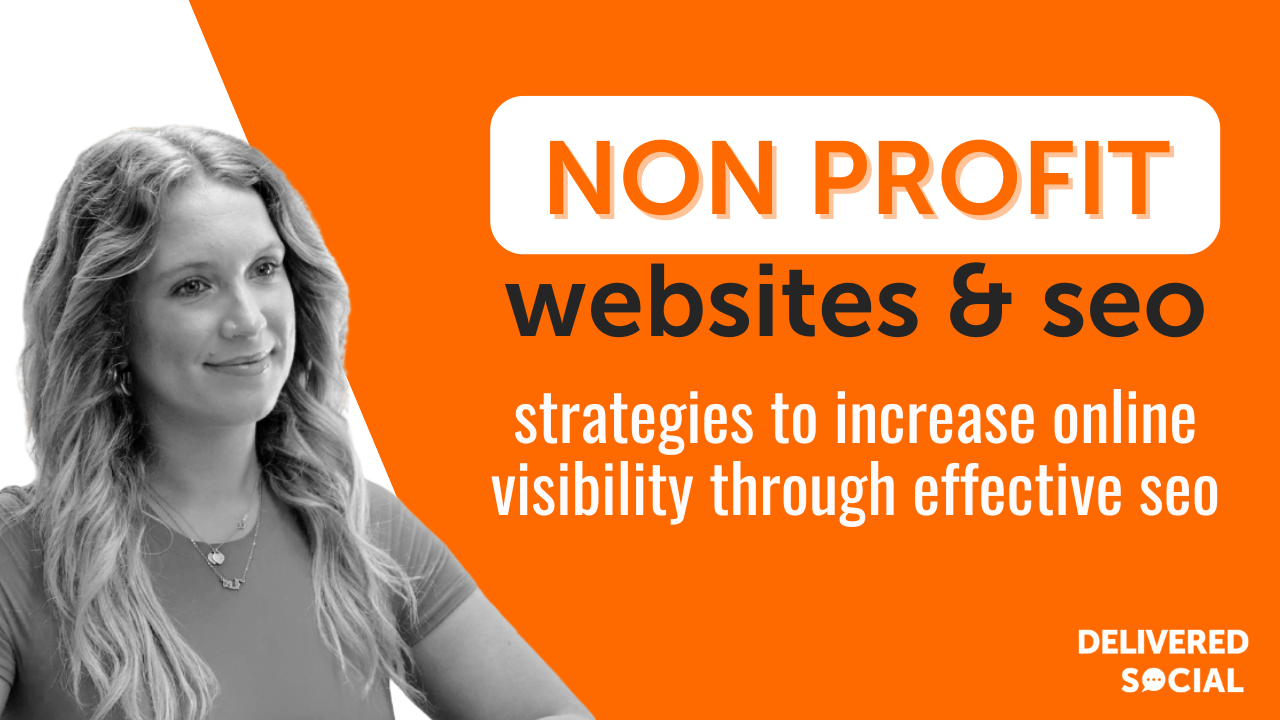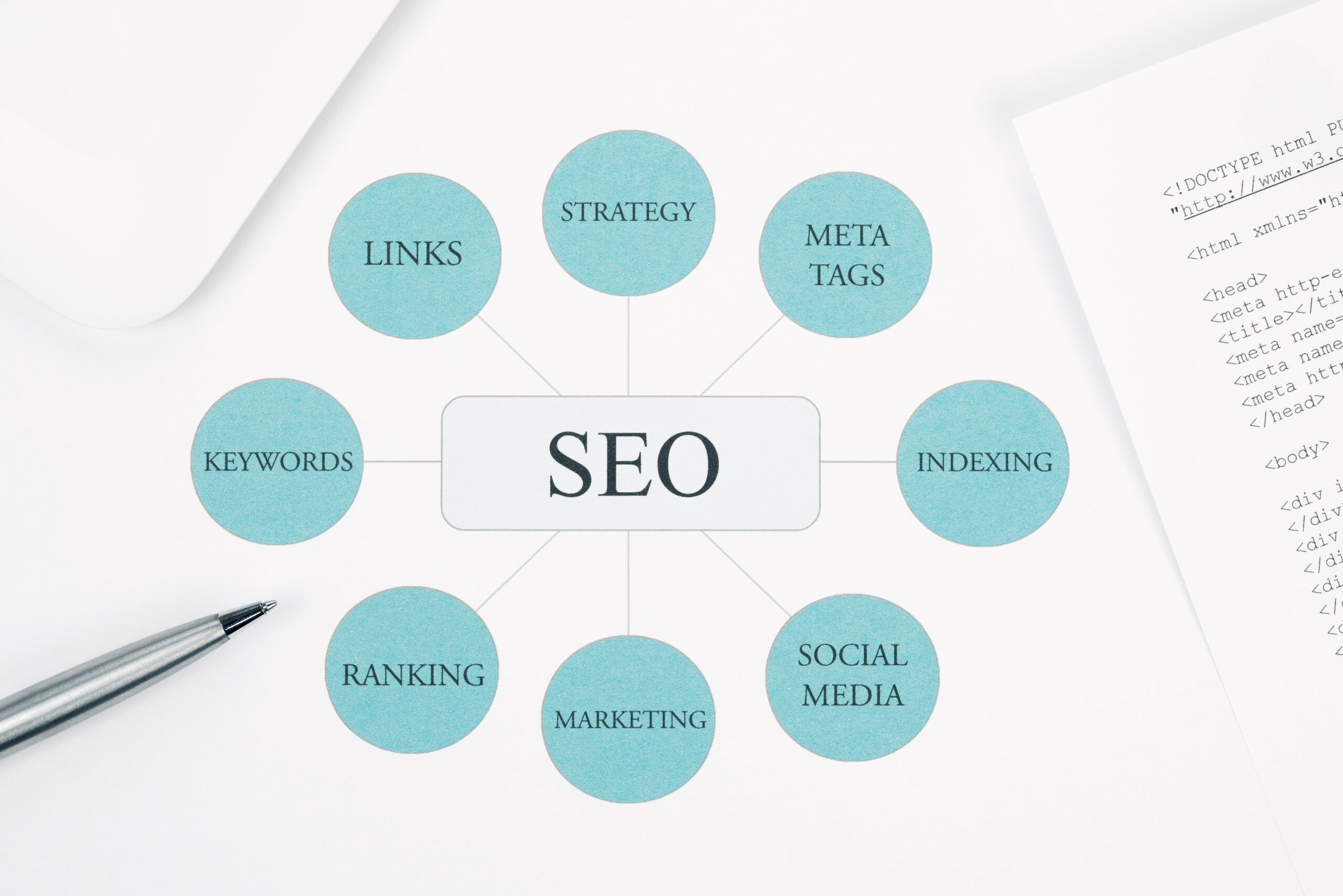
Nonprofits rely on visibility to reach donors, volunteers, and communities. A well-structured website helps, but without search engine optimisation, it can go unnoticed. SEO for nonprofit websites focuses on practical steps that improve how easily people find your organisation online. From optimising page titles to using the right keywords in content, these strategies help nonprofits appear in relevant search results. This article covers clear actions any nonprofit can take—no expensive tools or technical skills required. Whether you’re running a small local charity or a national organisation, these tips aim to increase traffic and support your mission more effectively.
Understand Your Audience and Their Search Intent
Start by defining who you want to reach. Focus on people likely to support your mission—donors, volunteers, or those seeking help from your organisation. Each group uses different search terms when looking for information online. Understanding these differences helps tailor your content more effectively.
Use tools like Google Search Console, Google Trends, or keyword planners to find out what terms people type when they look for causes similar to yours. Look at the words and phrases that appear often in searches related to your field. Pay attention to the questions they ask and the problems they try to solve through search engines.
Study how users phrase their queries. Someone looking to donate might search “where can I donate clothes near me,” while a person interested in volunteering could type “how to help local shelters.” Matching these patterns helps guide what topics you should cover on your site. When you match content with real questions, it becomes easier for people to find you.
Group keywords by intent—informational, navigational, or transactional. Informational terms show someone wants details about a topic (“what does this nonprofit do”). Navigational ones mean they’re trying to find a specific group (“[nonprofit name] donation page”). Transactional terms suggest readiness to act (“donate now” or “volunteer sign-up”).
Once you identify common queries and patterns among your audience segments, shape your website structure around them. Use clear headings based on those keywords and include answers within each section of content.
Strong alignment between user intent and website messaging improves engagement rates over time. It also builds trust because visitors feel understood when pages meet their needs quickly.
By studying behaviour patterns through data tools and refining how content is written based on findings, seo for nonprofit websites becomes more targeted. This method keeps outreach efforts focused so resources go toward actions that bring results instead of guessing what works best online.

Optimise On-Page Elements for Better Visibility
Improving how each page on your nonprofit site is structured helps search engines understand your content. This begins with using relevant keywords in the right places. Add target terms to your page titles, headers, and meta descriptions. These areas tell search engines what the page is about and help users decide whether to click.
Write titles that describe the main topic clearly. Keep them short so they show fully in search results. Place important words near the start of the title when possible. For example, instead of “Welcome to Our Volunteer Program,” use “Volunteer Opportunities at [Nonprofit Name].” This format makes it easier for both users and search tools to get context quickly.
Meta descriptions appear below your title in search listings. Use this space to give a short summary of what visitors will learn or do on that page. Include one or two key phrases naturally within this text without forcing them.
Headers (H1, H2, H3) break up content into clear sections. Search engines use these tags to scan pages efficiently. Use only one H1 tag per page—usually for the headline—and include secondary keywords in subheadings when they fit naturally.
Image alt text also plays a role in visibility. Describe each image with simple lines that include relevant terms when appropriate. This helps people who use screen readers while also giving search engines more detail about your content.
These steps support better rankings by making each part of a webpage easier to read and understand—for both people and algorithms looking through websites offering similar topics.
When done correctly, optimising these elements can raise organic clicks and traffic over time without needing extra advertising spend. SEO for nonprofit websites relies heavily on clear structure, accurate language, and keyword presence across all visible parts of a page’s layout.
Create High-Quality, Mission-Driven Content
Publishing content that reflects your nonprofit’s goals helps build trust and attract support. Focus on creating blog posts, case studies, and learning materials that show how your organisation works toward its mission. Share real stories from people or communities you’ve helped. These stories give context to your efforts and make the purpose of your group clear to readers.
Use simple language to explain what you do and why it matters. Avoid long descriptions or technical terms. Write for people who may not know much about your cause but want to learn more. Break up text with headings, bullet points, or short paragraphs so it’s easier to read on phones or tablets.
Update your website often with new content. This shows search engines that the site is active and useful. A consistent publishing schedule also gives visitors a reason to return regularly.
Include links in your articles to other pages on your site where users can take action—like donating, volunteering, or signing up for updates. This keeps users engaged longer and improves performance metrics like time-on-site.
When possible, add original photos or videos related to the topic you’re covering. These help reinforce what you’re saying without needing extra words. Also consider adding quotes from team members or community partners as part of each piece.
Well-written content supports seo for nonprofit websites by improving relevance and authority over time. When others find value in what you’ve written, they may link back to it from their own sites—boosting rankings in search results without paid ads.
Creating focused material around your mission also helps target specific search terms people use when looking for services like yours. This means better visibility among audiences who care about the same issues as you do—leading to stronger engagement and more support over time.
Leverage Local SEO to Attract Community Supporters
Nonprofits can bring in more local interest by focusing on location-based search tactics. Start by claiming and verifying your Google Business Profile. This step helps your group appear in local search results, especially when people look for services or causes nearby. Add accurate contact details, hours of operation, and a short description of what your organization does. Include photos of events or staff to make the listing more complete.
Use keywords that include your city or neighbourhood on key website pages. For example, instead of just “food pantry,” use “food pantry in [your city].” Place these terms in page titles, headers, and descriptions so search engines know where you operate. This small change improves how often your site appears when someone searches with a location-specific term.
Add your nonprofit to local directories such as Chamber of Commerce websites, community bulletins, or regional nonprofit lists. These listings give you backlinks and show search engines that other trusted sources recognize you. Make sure each listing has the same address and phone number to avoid confusion.
Encourage supporters to leave reviews on platforms like Google Maps or Yelp after they attend an event or volunteer. Positive ratings help build trust with new visitors who find you online.
These steps support better seo for nonprofit websites by making it easier for people nearby to discover them through search engines. When locals find clear and consistent information about your group online, they’re more likely to visit or get involved with what you do regularly.

Build Authority Through Backlinks and Partnerships
Links from trusted websites help search engines understand the value of your content. For nonprofits, getting these links can raise your position in search results. One effective way to do this is by working with other organisations that share similar goals.
Start by reaching out to other nonprofits. Offer to write a guest post for their blog or suggest a joint campaign that both groups can promote online. When they link back to your website, it tells search engines that your site has reliable information.
Media outlets also offer strong opportunities. Local news sites often cover nonprofit events and stories. Send press releases about upcoming fundraisers, community efforts, or milestones. If a reporter writes about you and includes a link, that boosts your credibility online.
Partnering with educational institutions can also help. Many schools list local volunteer opportunities or community resources on their websites. Ask if they’d be willing to include a link to your nonprofit in those sections.
Avoid buying backlinks or trading them in bulk with unrelated websites. These tactics may lead to penalties from search engines and damage long-term results.
Focus on building real connections instead of chasing fast results. Host webinars or workshops and invite partners who will mention it on their own sites with links back to yours.
Backlinks remain one of the most important ranking factors for seo for nonprofit websites because they show trust and relevance over time.
Use social media channels to increase awareness about collaborations as well. When more people see shared projects, there’s a higher chance someone else will mention or link back naturally from their blog or site.
Keep track of which partnerships bring in referral traffic using basic analytics tools so you can invest time where it counts most later on.
Implement Technical SEO for Nonprofit Websites
Fast-loading pages help visitors stay longer. People leave websites that take too long to load. Search engines also consider page speed when ranking content. Use tools like Google PageSpeed Insights to test your site. Compress images, reduce unnecessary scripts, and use browser caching to improve performance.
Mobile responsiveness is another key factor. Many users browse from phones or tablets. A site that adjusts well to different screen sizes works better for them and ranks higher on search platforms. Choose a responsive theme or framework if you’re using a content management system like WordPress.
Secure browsing builds trust and meets search engine requirements. HTTPS encryption protects user data during visits to your nonprofit website. Install an SSL certificate through your hosting provider and make sure all links point to the secure version of your domain.
Site structure also affects how easily search engines understand your content. Organise pages in a clear hierarchy with logical categories and subcategories. Use internal links between related pages so both users and bots can find relevant information quickly.
A clean URL format helps too—avoid long strings of numbers or symbols in web addresses. Stick to short, readable URLs that describe the page’s topic clearly.
Use structured data markup where appropriate, such as for events or donation options, so search engines can display extra details directly in results pages.
Technical improvements play a major role in SEO for nonprofit websites because they support both accessibility and indexing efficiency. Fixing these issues gives visitors smoother interactions while helping search platforms rank the site more accurately.
Regularly check technical health using tools like Google Search Console or Screaming Frog SEO Spider to catch problems early before they affect visibility or traffic flow online.
Driving Impact Through Strategic Online Visibility
Maximising your nonprofit’s reach begins with understanding your audience and aligning your content with their search intent. By optimising on-page elements, producing mission-focused content, and leveraging local SEO, you can effectively connect with supporters in your community. Building authority through backlinks and partnerships, along with implementing solid technical SEO practices, further strengthens your online presence. Ultimately, a results-driven approach to SEO for nonprofit websites empowers organisations to amplify their mission, attract meaningful engagement, and drive long-term impact. Prioritising these strategies ensures your cause gets the visibility it deserves in an increasingly competitive digital landscape.
Interested In Working Together?
Introducing Delivered Social. We’re The Most-Rated Digital Agency In Surrey & Hampshire – We’ve Got To Be Doing Something Right.
Delivered Social is a digital marketing agency with one mission—to help businesses grow. We’re famous in Guildford and Portsmouth for our social clinics. We believe in free advice. We build lasting relationships because our team prides itself on being helpful, which our clients appreciate.
If you are looking for a new website or an agency to manage your social media presence, we can help.
If you need something slightly different, here's a super handy list of all our services, or you can always email us.



















